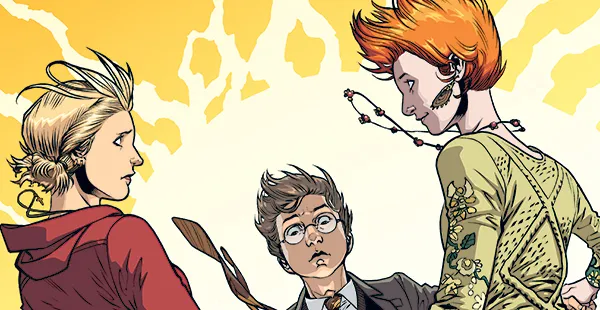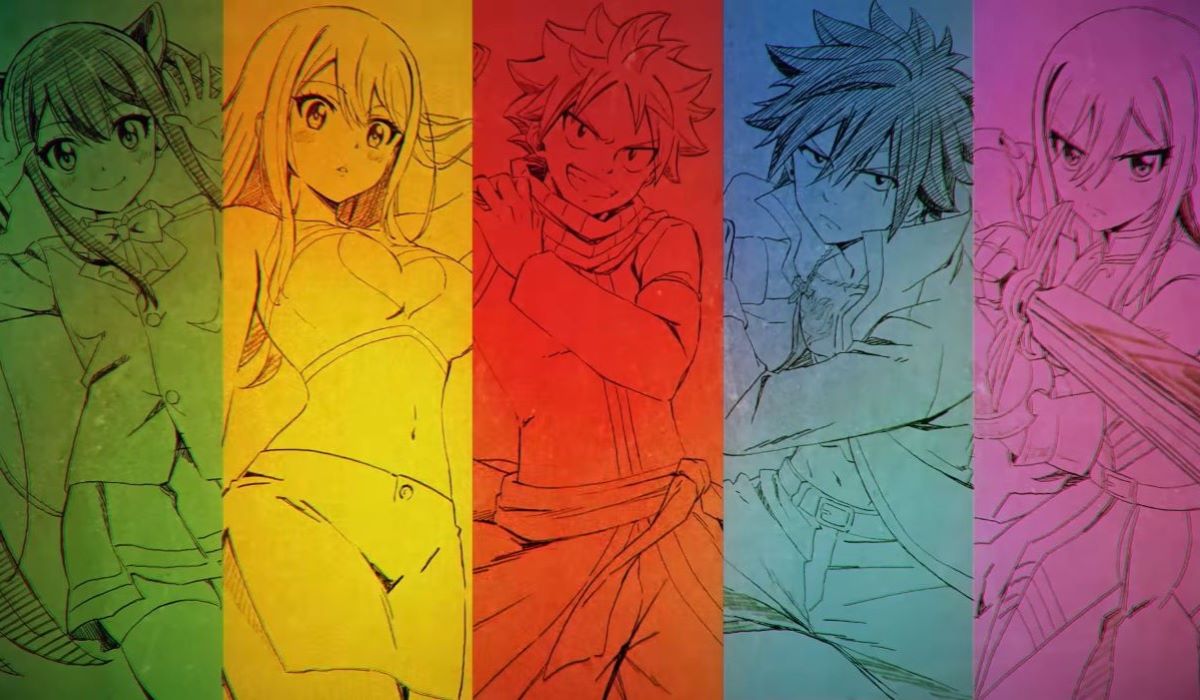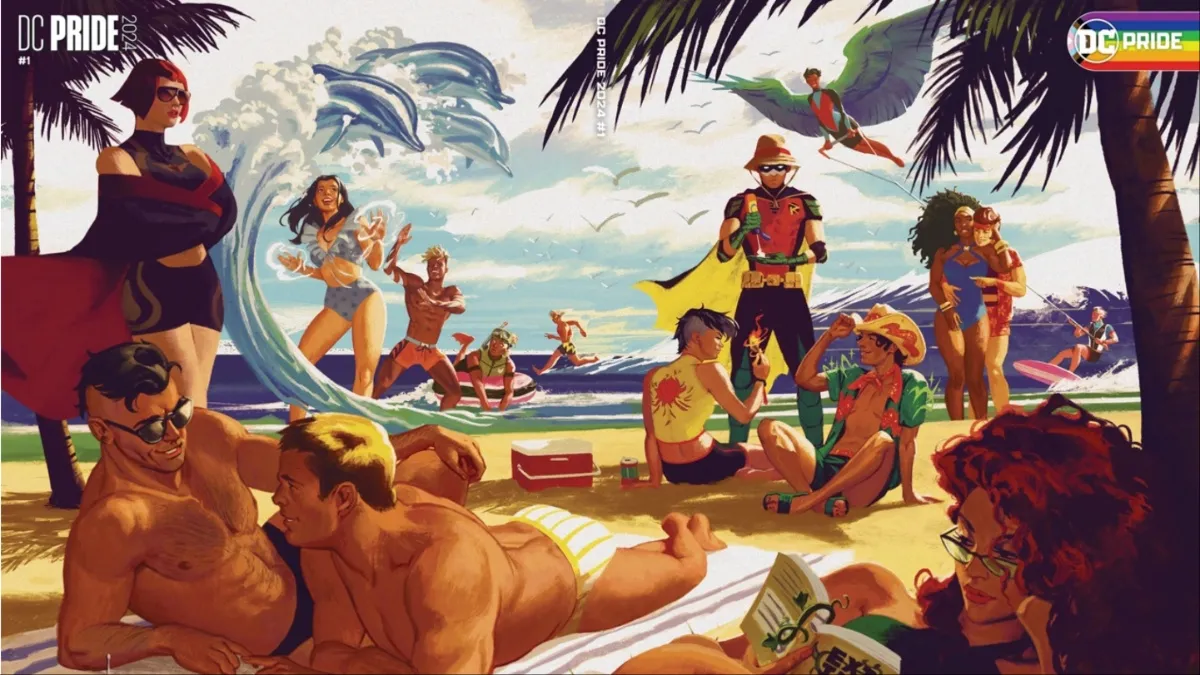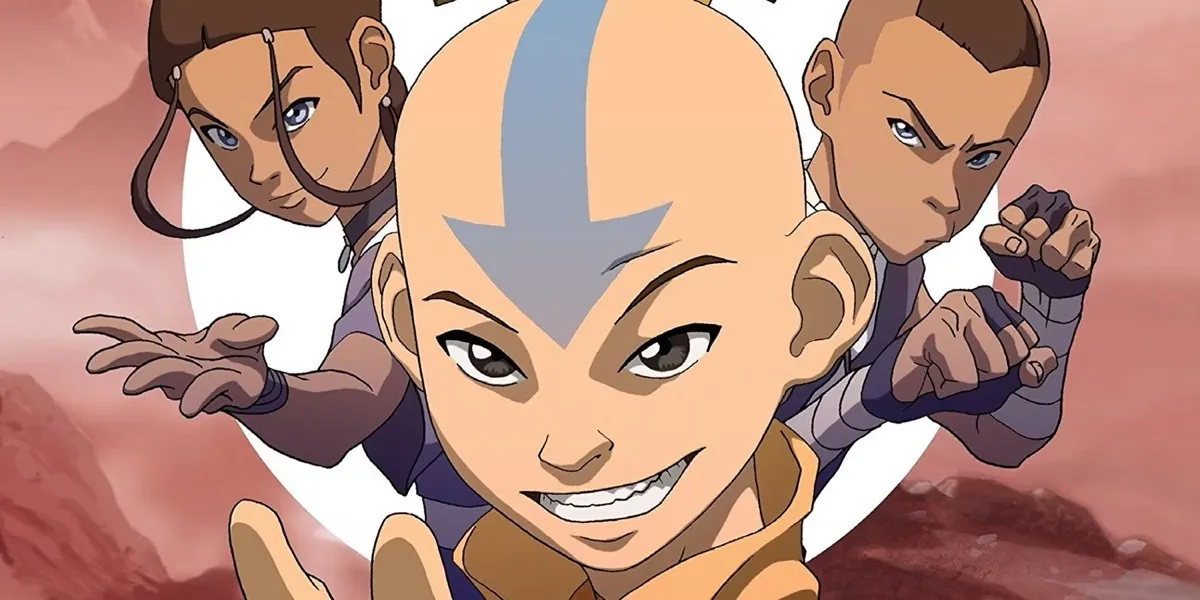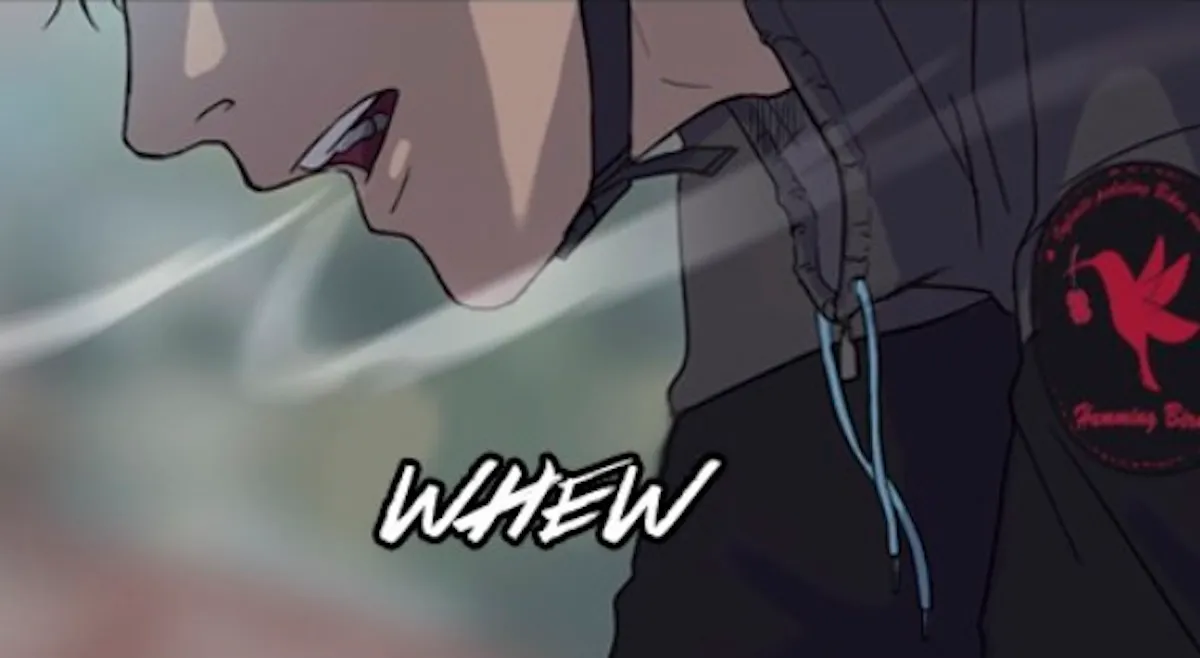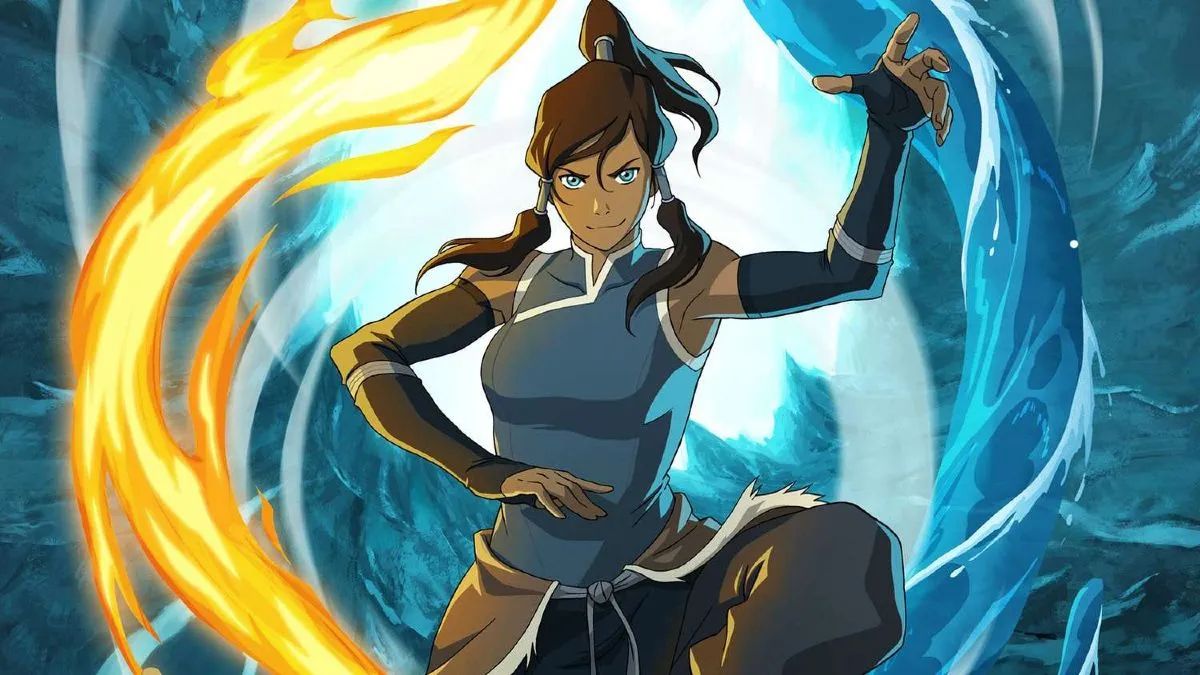Dark Horse Comics, the home of Buffy, Star Wars comics, and a boy from Hell, is known for characters with strong personalities and big names to back them up. This year will be no different. Editor in Chief, Scott Allie, joined us for an extensive discussion on their titles, women on the comics pages, women writing and drawing the comics themselves, and the women buying them (Hey, that’s us!). They’ve also given us a ton of exclusive cover reveals! Here’s Part 1 of our chat, Part 2 will be up tomorrow.
The Mary Sue: Something I know I’m personally invested in from Dark Horse is Buffy the Vampire Slayer. Season 10 is about to premiere, what can you tell us about the upcoming story and creative teams? I am particularly ecstatic about this preview image (Check out our exclusive color version of the cover in our gallery below, the result of a Twitter poll for who was who in this Odd Couple homage, and the result was #FelixIsXander!), and of course, Nicholas Brendon.
Scott Allie: Since you ask about Nicky—yeah, Season 10 will see Xander much more front and center. In Season 9, we made the choice to keep him on the periphery a lot, with the idea of building to the reveal of his anger problem and what he did to Angel at the end of Season 8. It was not a strategy that Xander fans enjoyed, and we learned our lesson. There’s nothing cute about keeping the core four away from the core of the story. So I think we’ve done a better deal about building a story that revolves solidly around those characters.
At the end of Season 9, you saw a hint that vampires have evolved yet again. In both titles, our heroes discover that on their own, to their great displeasure. In order to do something about it, they’ll have to team up with Dracula, which is just one of the ways that Xander takes center stage. When Nicky and I talked about him coming to the writers summit, which was nearly a year ago now, we knew we wanted to have Xander play a bigger part in Season 10, but it was having him there, Nicky, that really shined a light on the great ways in which we could make Xander very central, and make the story very funny.
TMS: It’s funny you mention how the fans reacted to the Xander plotline. How important are the fan reactions to the story overall?
Allie: They’re important, but the thing is, the fans aren’t all in agreement … If pleasing the fans were a prerequisite, we would publish nothing. They’re divided, which is natural. [Mike] Mignola says that as long as a story is one person’s favorite, he knows he’s done well. With Buffy, you hope anything you do is only hated by a small group. Kind of the same thing …
Often when we’ll hear complaints from some corner of the Buffy fandom, we may understand where they’re coming from, but we know we can’t please everyone. But other times, we realize we agree. Marginalizing Xander—it worked for the Season 9 story, but we don’t want to do it again. The question is, why do we love these stories? And a big part of it is the friendship between the core four. So if they’re not together, are we really getting what we love out of the comics? So fan response has often helped us identify what we want out of the books, but we can’t spin into a panic every time the internet flares up in outrage over some detail or another.
TMS: And Angel & Faith, the unlikely but entertaining team-up, is also returning soon.
Allie: This was tough. We loved the work that Christos [Gage] and Rebekah [Isaacs] did on Season 9 of Angel & Faith so much, we were torn about how to handle Season 10. We knew that the Buffy Season 10 team was moving on to other things—Andrew [Chambliss] focusing full time on Once Upon a Time, and Georges [Jeanty] shifting over to Serenity. Rebekah and Chris had done such great work, so consistently well reviewed, and much loved by Joss [Whedon], me, the whole crew—we told them they could do whatever they wanted. Rebekah said either book, as long as she could work with Christos and Dan Jackson, the colorist. And Chris said he’d do either, as long as he could stay with Rebekah. Sometimes a team just works, makes a book ten times better than it would be with either of the creators paired with someone else. We knew these two had to stay together, and after the writers summit, Chris and I both felt like they needed to be on Buffy. That just left the challenge of finding an Angel & Faith team worthy of filling their shoes, and we found that in Victor [Gischler] and Will [Conrad]—a team that had also worked together before, as well as both working on Whedon stuff. They’re doing their best work together on this title, for sure.
TMS: When I heard Gail Simone would be writing Tomb Raider, I thought I’d just about died and gone to heaven. I know from following her on Twitter she’s a video game lover, how did Dark Horse and her team up for this huge project?
Allie: We’d been talking to her about various things. We talked to her about Buffy clear back before Season 9, but it didn’t come together. We talked to her about Conan a long time ago, I think, and it came together with the Sonja/Conan crossover. By then, though, Dave Marshall had reached out to her for Tomb Raider. He happens to edit both TR and Conan/Sonja. Dave is the leader of our video game initiative. I give Dave the credit for establishing us as the go-to place for great video game comics and video game art books. It’s something he had a lot of commitment to, quite some time ago, and had to push the company on. He’s personally done a lot to change the perception, to show that it’s worth it to put top talent on these game books—although it was another editor, Rachel Edidin, who put Faith Erin Hicks on Last of Us.
These books broke the mold—and sometimes I admit they’ve had to break the mold over my head—about what video game comics are. So as we’ve improved our efforts, so to speak, we knew Tomb Raider was a uniquely great opportunity for us, that the game would receive intense interest, and we wanted to rise to that, rather than rest on it—which is why Dave suggested Gail. I understand it took some persuading, but she was here in town the other day. My wife runs marketing for our sister company, Things from Another World, and she set up a big Tomb Raider signing with Gail. We all had lunch, and I think I can say that she’s pretty happy with her decision to do the book, and the response from the readers.
TMS: I think outside superheroes, Lara Croft is one of the most famous and popular female pop-culture characters. The head writer of the recent Tomb Raider video game, Rhianna Pratchett, has certainly spoken about what the character means to her and what working on the character has meant to her, but what have you heard from Lara fans about the comic project?
Allie: I’ve worked with Rhianna a little on another thing, a Thief comic that we did with Square Enix, and I know she loves the character of Lara. Oh, and she also wrote the custom Tomb Raider book we did for a retailer exclusive—a hardcover that you got with the game. She’s definitely a writer who comes from a different field who gets comics, and I’m lucky to have worked with a bunch of those … perhaps a bit of a career understatement, I guess.
Talking about fans of Lara is an interesting thing, because she’s a whole new woman now, you know? She was an icon that was really useful for women to own in the nineties and later, even though she was very heavily geared toward a male audience at the time. But the audience evolves, the business evolves, and she’s a new person now. Fans of the game are invested in her heroics, they appreciate that she’s not hypersexualized, that she’s more sophisticated and human. And maybe you lose some of the dudes who didn’t want that, but I believe Square Enix made that choice to make a better character.
You know, also with Buffy, things evolve. The version of feminism that’s presented through a fantasy character is different now than it was in 1998, when we first started doing the comics. There’ve been a couple things in the comics that I’ve had to steer the writers and artists away from, to which they’ve very legitimately responded, “But wasn’t that in the show?” And it was, but things change. This is the Buffy of 2014 (or whatever year it is in the comic itself, shhhh), and this is the Lara of 2014, and I’m proud of that. I like presenting these images of heroines, as opposed to some of the other ones in our industry.
TMS: You mentioned The Last of Us, that game has also been a boon for positive representations of women in video games. Hicks actually helped introduced a character who recently became pretty important in the DLC. Do you think representation started in comics has an affect on other mediums and vice versa?
Allie: Yes, and I fear that overall comics hasn’t been great in terms of its popular impact. God bless the Hernandez Brothers, because I think they helped evolve the portrayal of a lot of kinds of characters in popular arts, but to a certain extent, when people look at comics, and see how women are portrayed, what they take away doesn’t evolve the genre landscape. Buffy has meant so much to me, but she came from TV. At the time that she came from TV, comics weren’t putting out a ton of awesome female archetypes. I would love it if the world at large thought of Cliff Chiang’s portrayal when they think of Wonder Woman, but I don’t think that’s the case. But comics have the potential to build up characters who will evolve the portrayal of female characters in genre fiction, and I hope that what we do contributes to that.
TMS: You also brought up something I think about often, men being turned off from a title if things are less sexualized. In my opinion, the readers the comic medium could gain by toning down the sexualization of the female characters far outweighs the readers who would stop reading a title because the character’s chest wasn’t large enough. I know it’s not something you can give a factual answer on but do you agree?
Allie: Yeah, I totally agree. I mean, we’re pursuing that very thing. With Buffy, I’ve often had to push my most well-intentioned artists to play down the cheesecake. I remember once Georges (male) complaining to me that Jo Chen (female) had made Buffy’s breasts too large on a cover, and I had to ask her to tone it down. One of my artists recently kept putting midriff-baring shirts on female characters in scenes unsuited for that. I wrote a long, annoying screed to one of my creative teams about how we’re gonna portray women in comics. And we redesigned Ghost’s costume for the relaunch to make it less about her cleavage.
So I do agree, but I also think that even if you and I are wrong—about the market—I’m happy that we’re doing what we’re doing. Not that I want to suck all the sexiness away from comics. I love Empowered—where Adam Warren has fun with the whole thing, the whole issue of sexualization. I like Jeff Campbell. And I’m not above the genuinely low-brow stuff, that falls into the cliches Adam is lampooning. But I’m really, really happy that most of my work is on material that doesn’t talk down to, or scare off, female readers.
TMS: It’s also refreshing to hear Dark Horse has proverbially put their foot down in instances where they felt, like with Buffy, a creator was veering into territory fans might not appreciate. I wish more publishers would say “no” when they see something come across their desk that they know would turn off a potential readership.
Allie: But those are our sensibilities. We’re actually not changing anything because it might offend someone—we’re changing it because we don’t like it. I mean, we have those sensibilities. I may be wrong, but I sort of doubt that someone at DC looked at that one guy’s Catwoman cover and said, “This may offend people, but I’m gonna go for it.” I sort of imagine a lot of high fiving over that picture, followed by surprise that it got the reaction it did. I’ve been guilty of not predicting a negative response, or not expecting the particular negative response. I bet that’s a big part of it, although I can’t say. But … thank you.
TMS: You also managed to snag Kelly Sue DeConnick for Ghost, working with Chris Sebela and Ryan Sook. From what we’ve seen, DeConnick has done, and continues to do, a lot for comics as a medium and fandom through her writings, whether it be with female characters or otherwise. What has her addition meant to Dark Horse?
Allie: It has been great, and it’s meant a lot to me. She’s as outspoken and passionate on a personal level as she is online, and she’s one more person that I know who I get to sort of check myself against. So there’s that. But what she’s meant to Dark Horse is another strong voice, another unique vision. She’s actually leaving Ghost. She co-wrote Ghost #1-3 with Sebela, her cowriter on Captain Marvel, and then she wrote Ghost #4 as a solo issue, her send off. I think it’s an appropriate departure for her. Then Sebela takes the reins, with a new artist …
A lot of people have been wondering what’s gonna happen with all the great creators we have on our Star Wars books. Very happily, Jan Duursema is taking over Ghost. She was someone Joss and I looked at getting for Fray, but she was too in love with Star Wars to move off those books. So now I’m just really glad she’s staying with us, even if her little Jedi friends aren’t …
Kelly’s someone I admire, and I’m glad to know. We have some other stuff cooking. Her departure from Ghost is amicable, and because of her partnership with Chris, we count on a real smooth transition, storywise. And Jan is gonna be awesome. Jan hasn’t drawn superheroes in ages, and she’s perfect for it. And man, does she know how to draw someone in a cloak!
Take a look at the fantastic art Dark Horse has provided us (exclusives marked as such) and make sure to check back in tomorrow for Part 2 of our discussion with Allie. We talk Greg Rucka, Hellboy, turning away and drawing in new comic readers, Misfits of Avalon and more!
[slideshow id=1159]
Are you following The Mary Sue on Twitter, Facebook, Tumblr, Pinterest, & Google +?



